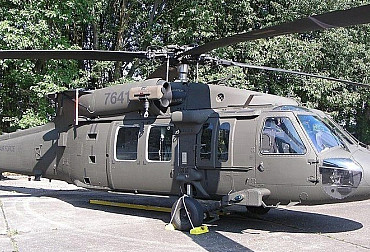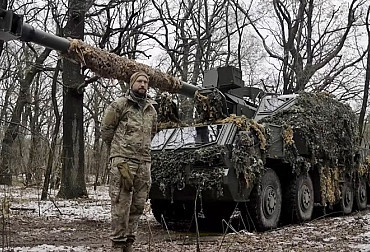Slovakia has received bids for new tracked Infantry Fighting Vehicles from four countries
Slovakia plans to purchase 152 new tracked Infantry Fighting Vehicles in the near future as part of a major modernisation of its ground forces. The Slovak defence ministry plans to make the purchase on a government-to-government basis, and the contacted governments had until 31 January to submit their bids. Of the 33 countries contacted, four took advantage of this opportunity: Hungary, Poland, Sweden and Spain.
The planned acquisition of new tracked IFVs is the largest modernisation project of the Slovak Armed Forces (SAF) after the purchase of F-16 fighter aircraft. In two phases, the Ministry of Defence of the Slovak Republic plans to purchase up to 228 new tracked IFVs in total. In the first phase, a total of 152 vehicles are to be purchased in the versions of Infantry Fighting Vehicle, tracked command fighting vehicle, tracked armoured recovery vehicle and tracked armoured technical assistance vehicle. The new tracked IFVs are to replace the tracked vehicles BVP-1, BVP-2 and BVP-M currently used by the Slovak Army. The Slovak defence ministry estimates the cost of the new tracked IFVs at EUR 1.739 billion.
The Ministry of Defence of the Slovak Republic intends to implement the acquisition of new tracked combat vehicles using the government-to-government method. Slovakia will also purchase new 8x8 Armoured Fighting Vehicles in the same way. As the ministry itself stated at the end of September 2021, a total of 33 countries were approached with a request to send bids for the requested tracked and wheeled equipment. The opportunity to submit bids for the new tracked equipment was given to the contacted countries until 31 January this year. As recently reported by the Slovak Ministry of Defence, four countries have finally submitted their bids for tracked armoured personnel carriers. These are Sweden, Spain, Hungary and Poland. The project team will evaluate the submitted bids from 22 February and a recommendation is to be submitted to the Slovak Government by the end of June 2022.
As already mentioned, Sweden, Spain, Hungary and Poland will compete for success in the Slovak armaments tender. In a press release, Swedish company BAE Systems Hagglunds announced that it has submitted a bid to Slovakia for the CV90 vehicle, together with Swedish military equipment management agency FMS. As further stated in the BAE Systems Hagglunds press release, the submitted offer will guarantee the production and delivery of the CV90 vehicles on time, within budget and in cooperation with the Slovak defence industry. According to BAE Systems Hagglunds CEO Tommy Gustafsson-Raska, the company plans to exceed even the minimum 40% involvement of the domestic defense industry. In addition, the company is ready to welcome Slovakia into the CV90 combat vehicle user "club".
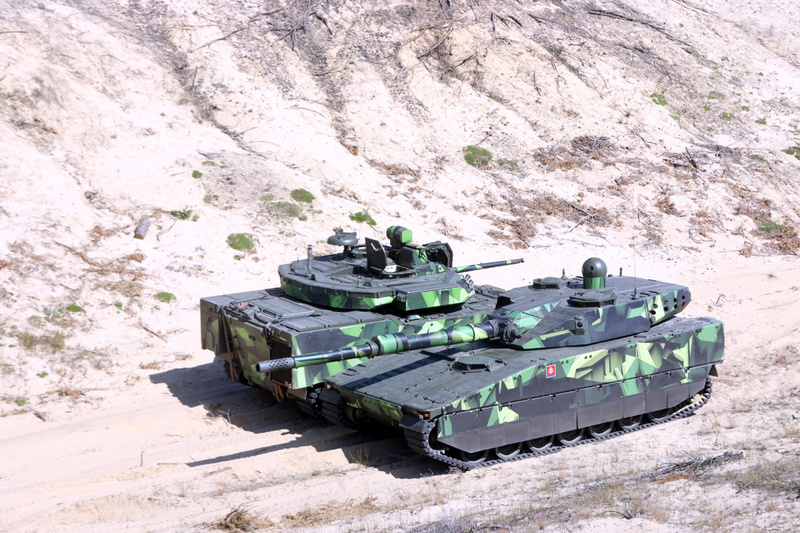 Picture: In July 2021, the Military Technical and Testing Institute "Záhorie" in Slovakia became the venue for dynamic demonstrations of potential new tracked Infantry Fighting Vehicles that could replace the outdated BVP-2, BVP-1 and BVP-M vehicles in the Slovak Army's arsenal. | Ministry of Defence of the Slovak Republic
Picture: In July 2021, the Military Technical and Testing Institute "Záhorie" in Slovakia became the venue for dynamic demonstrations of potential new tracked Infantry Fighting Vehicles that could replace the outdated BVP-2, BVP-1 and BVP-M vehicles in the Slovak Army's arsenal. | Ministry of Defence of the Slovak Republic
Although no detailed information on the offer from the Spanish side has been released yet, it is almost certain that Spain has offered the ASCOD 2 vehicle to Slovakia. The ASCOD 2 vehicle, produced by General Dynamics European Land Systems, was presented last April to representatives of the Slovak Ministry of Defence and the Slovak Armed Forces in dynamic and static demonstrations at the Military Technical and Testing Institute "Záhorie". During the presentation, the Slovak side discussed with GDELS representatives the involvement of the Slovak defence industry in the potential delivery of new tracked IFV.
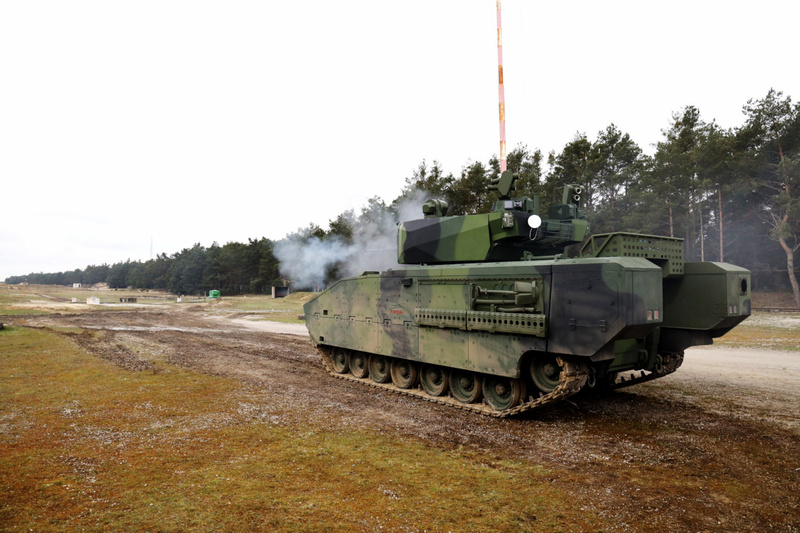 Picture: Static and dynamic demonstrations of the ASCOD infantry fighting vehicle in Slovakia in April 2021 | Ivan Kelement / Ministry of Defence of the Slovak Republic
Picture: Static and dynamic demonstrations of the ASCOD infantry fighting vehicle in Slovakia in April 2021 | Ivan Kelement / Ministry of Defence of the Slovak Republic
Hungary offered Slovakia Lynx KF41 vehicles in cooperation with Rheinmetall. The information was confirmed in a statement by the Hungarian government's armaments commissioner, Gáspár Maróth. Hungary itself will introduce the Lynx vehicles into its armaments and most of the Lynx vehicles will be produced in the new factory in Zalaegerszeg. Already at the start of the construction of the Zalaegerszégu factory, Hungary declared that, in addition to producing Lynx combat vehicles for its army, it was also interested in seeking export opportunities. The Hungarian offer is therefore not a big surprise, as it might seem at first sight.
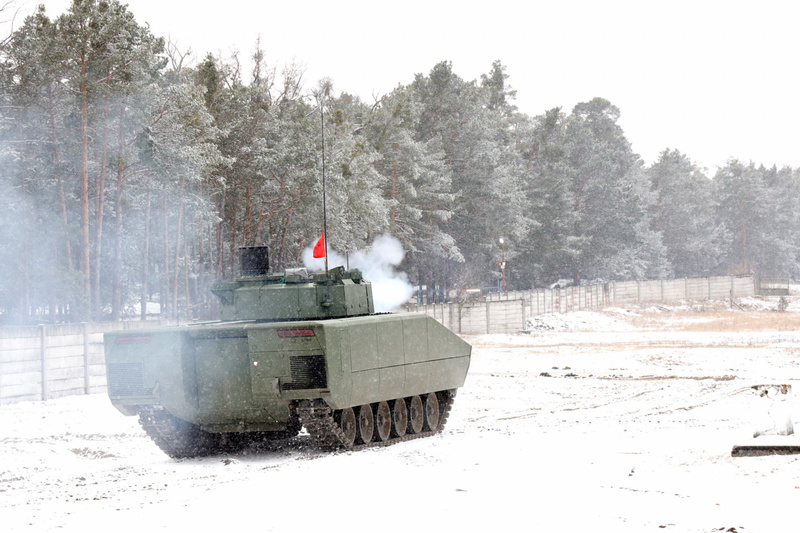 Picture: In March 2021, a static and dynamic demonstration of the Lynx KF41 tracked armoured vehicle was held for Slovak Ministry of Defence officials. | Ivan Kelement / Ministry of Defence of the Slovak Republic
Picture: In March 2021, a static and dynamic demonstration of the Lynx KF41 tracked armoured vehicle was held for Slovak Ministry of Defence officials. | Ivan Kelement / Ministry of Defence of the Slovak Republic
The offer of the Polish-made Borsuk Infantry Fighting Vehicle is a slightly bigger surprise. The offer of the Borsuk vehicle to Slovakia was confirmed on its Twitter account by Polska Grupa Zbrojeniowa, which includes the Borsuk vehicle manufacturer, Huta Stalowa Wola SA. According to the available information, the Borsuk vehicle is being offered to a foreign customer for the first time. Interestingly, as recently as April last year, Polska Grupa Zbrojeniowa said that before the vehicle is offered to a foreign buyer, it must undergo a series of tests and also be implemented in the Polish Armed Forces, which the company has been working on for the past year. In the Polish Army, Borsuk vehicles will replace the outdated BVP-1.
 Picture: Polish Borsuk Infantry Fighting Vehicle | MILMAG.pl
Picture: Polish Borsuk Infantry Fighting Vehicle | MILMAG.pl
The offers received by the Slovak Ministry of Defence can be divided into two groups. The first group includes CV90 and ASCOD 2 vehicles, which have been introduced in the armies of several countries and their users already have experience with these vehicles. The second group, represented by the Lynx and Borsuk vehicles, represents vehicles that offer development potential for the next few decades.















